Top Things to Know Before Buying a Garden Cottage
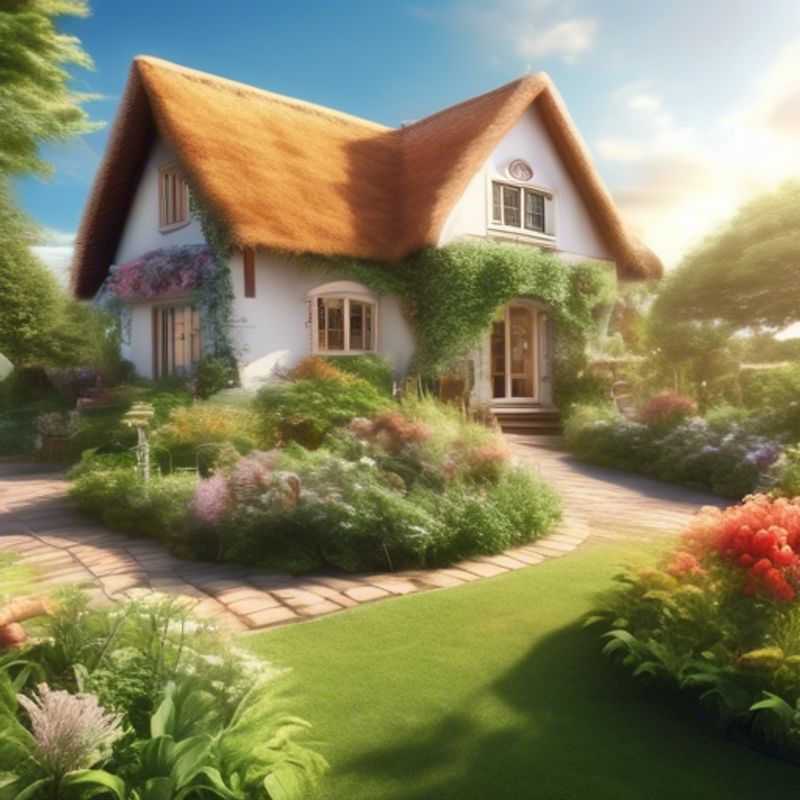
Top Things to Know Before Buying a Garden Cottage: Zoning, Size, Cost, Accessibility, Maintenance, Financing, and Aesthetics
Ah, the garden cottage - a delightful addition to any property. It promises a haven for guests, a home office, or a quiet retreat. But before you embark on this exciting journey, let's delve into the crucial aspects to consider,

Decoding the Code: Understanding Local Zoning and Building Regulations for Garden Cottages
Before embarking on your dream of a garden cottage, it's crucial to understand the local zoning and building regulations. These regulations vary significantly between municipalities and can impact the size, location, and purpose of your cottage.
Start by checking your local zoning ordinances. These documents outline permitted uses for properties and may specify limitations on structures like garden cottages. You might find restrictions on size, setback requirements (distance from property lines), and even limitations on how the cottage can be used (e.g., as a guest house, home office, or rental unit).
Next, contact your local building department. They'll provide information on building codes, permits required for construction, and potential inspection processes. They can also help clarify any ambiguities in the zoning ordinances. Be prepared to submit plans and specifications for your garden cottage to ensure compliance.
Remember, navigating these regulations can be complex. Seeking professional advice from an architect or licensed contractor familiar with local codes is a wise investment. They can help ensure your project meets all requirements and avoid costly delays or revisions later.
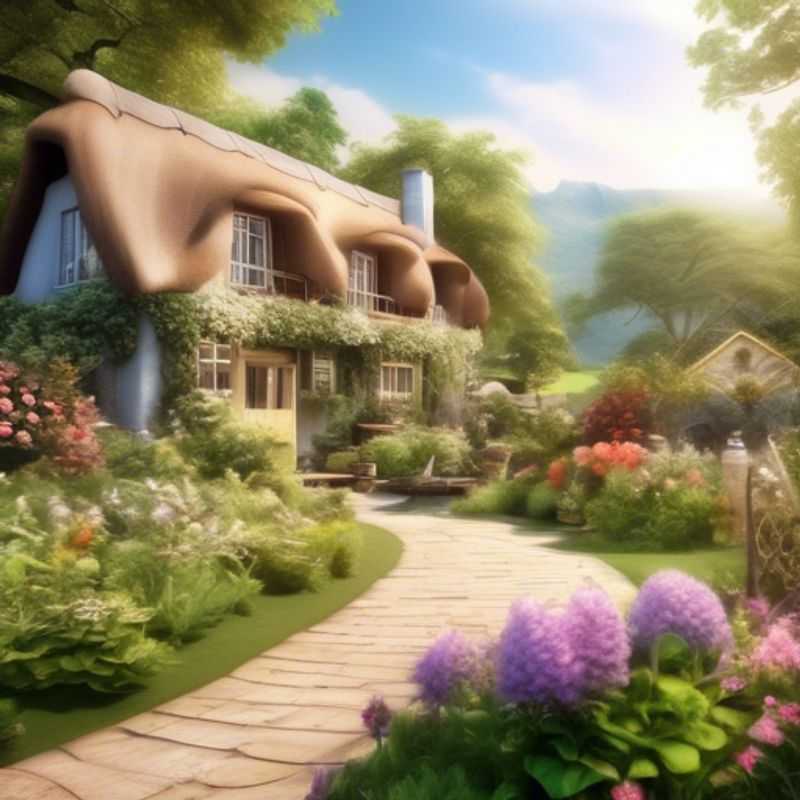
Sizing Up Success: Matching Your Needs to Space and Layout
Before you embark on any design or development project, it's crucial to assess the size and layout requirements to ensure it fits your needs and goals. This step helps prevent future problems and wasted resources. Let's break down some key aspects:
Content: Start by determining the type and amount of content you'll be presenting. This includes text, images, videos, and any interactive elements. For example, if your website will host a large online store, you'll need more space for product descriptions and images than a simple blog.
Target Audience: Consider your target audience and their preferences. Are they primarily on mobile devices or desktops? Do they prefer a visually appealing layout or a more minimalist approach? These factors will influence your layout choices.
Purpose and Goals: Define the primary purpose of your project. Is it to showcase a product, provide information, or drive sales? The purpose will dictate the overall structure and layout. For instance, a sales-driven website will emphasize call-to-action buttons and product highlights.
Technical Constraints: Take into account any technical limitations, such as available bandwidth or server capacity. If you're dealing with large multimedia files, ensure your hosting infrastructure can handle the load.
Budget: Assess your budget and allocate funds for design, development, hosting, and potential maintenance costs. Don't forget to factor in the time and effort needed for testing and optimization.
Tools and Resources: There are a variety of tools and resources available to assist you in assessing layout requirements. Design software like Adobe XD or Figma can help visualize layouts and create prototypes. Content management systems (CMS) often offer pre-built templates and layout options.
By carefully considering these factors, you'll be well on your way to creating a project that effectively communicates your message and meets the needs of your target audience. Remember, this is just a starting point - there's always more to learn about designing for different platforms and user experiences.
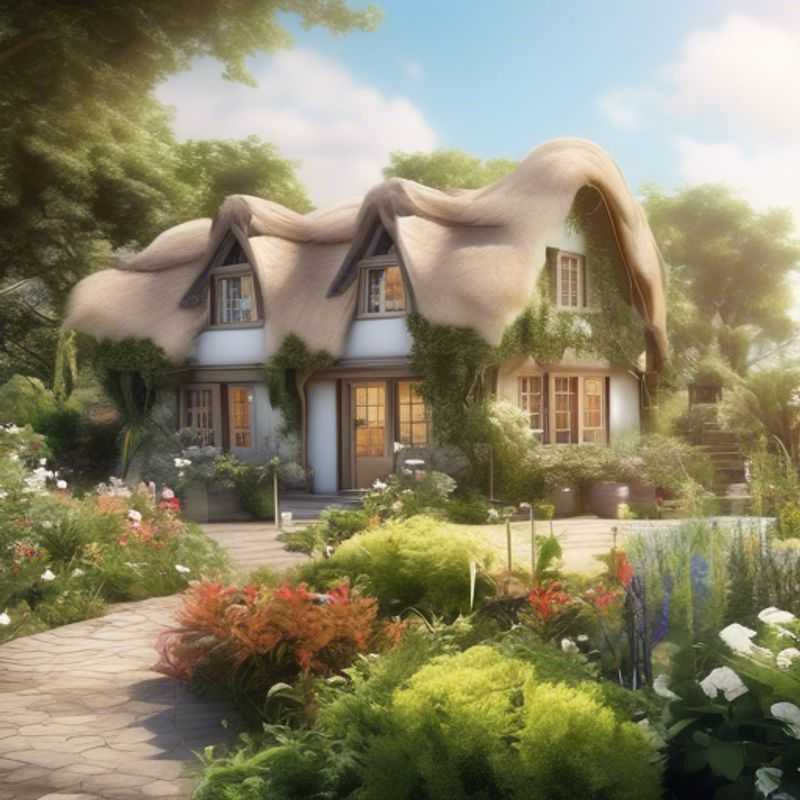
Demystifying Construction Costs: Evaluating the Budget and Permits
When planning any construction project, estimating the cost is paramount. Here's a breakdown of key factors to consider, beyond just the materials and labor:
Site Preparation: This often involves clearing land, grading, and utility hookups. Factors like soil type and terrain can greatly impact the cost.
Construction Permits: These are essential for legal construction. Local jurisdictions have varying requirements, but expect fees, inspections, and potential delays.
Labor Costs: Skilled labor is in high demand. Factor in wages, benefits, and insurance for all construction personnel. Regional variations and project complexity influence costs.
Materials: Prices for building materials fluctuate frequently. Research current market rates for everything from lumber to concrete, and factor in potential cost overruns.
Equipment Rental: Heavy machinery is often rented for specific tasks. Consider the duration of use, maintenance, and potential damage costs.
Contingency Fund: Always allocate a buffer for unforeseen expenses. Weather delays, material shortages, or design changes can significantly impact the budget.
Professional Fees: Architects, engineers, and contractors all charge fees. Inquire about their pricing models and scope of services.
Insurance: Construction projects often require various insurance policies, including liability and workers' compensation. Secure proper coverage to mitigate potential risks.
Final Inspections: Once construction is complete, inspections are required for compliance with building codes. Expect fees for these services.
Important Tip: Consult with qualified professionals in the construction industry to obtain accurate estimates and guidance on the complexities of each stage. Thorough research and planning are key to a successful and cost-effective construction project.
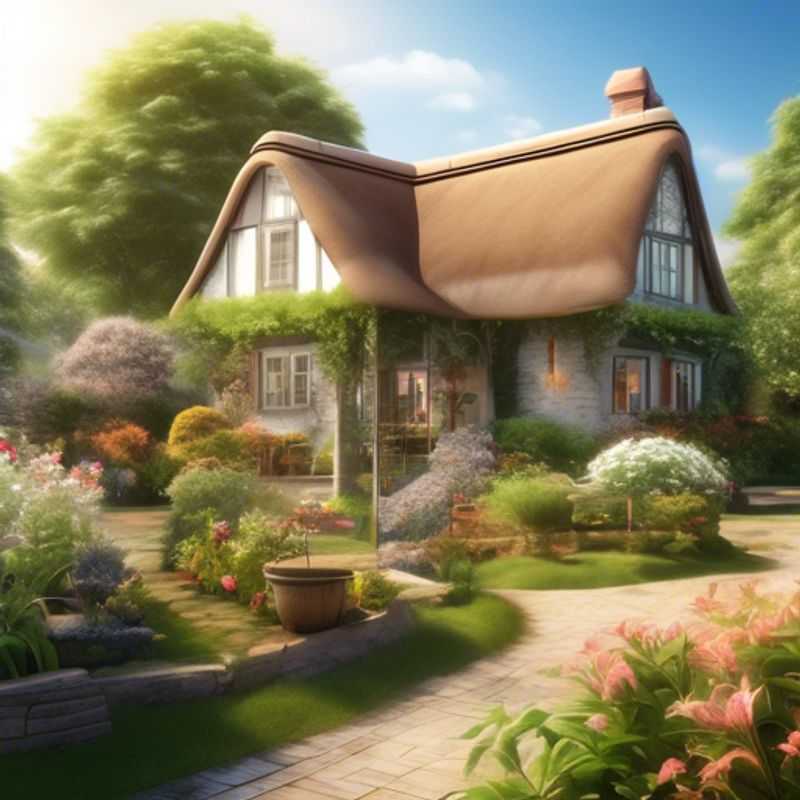
Cottage Essentials: Accessibility and Utility for a Comfortable Stay
When building or renovating a cottage, prioritizing accessibility and utilities is crucial. Accessibility ensures everyone can enjoy the space, while utilities are essential for comfort and functionality.
Accessibility features include ramps for wheelchair users, wide doorways for easy movement, and grab bars in bathrooms. Consider handicap-accessible fixtures and appliances.
Utilities like plumbing, electricity, and heating/cooling systems are essential. Water well installation or connection to a municipal system is necessary. Electrical wiring should meet local codes, and adequate heating and cooling solutions should be chosen based on the climate.
Internet access is a growing necessity. Satellite internet or fiber optic connection are options depending on the location.
Waste disposal is vital. A septic system or connection to a municipal sewer system might be required. Garbage collection services should also be considered.
Remember, the costs associated with these utilities can vary greatly depending on the location, size, and complexity of the project. Get professional estimates and factor these costs into your budget.

Digging Deeper: Maintenance Requirements for Your Garden Cottage
Researching the maintenance requirements for a garden cottage is crucial for a smooth and cost-effective ownership experience.
Start by assessing the building's age and materials. Older structures might need more frequent inspections and repairs. Understand the roof type, as it's a major maintenance area.
Consider the garden cottage's location. Coastal areas demand extra attention to weather damage, while colder regions require winterization measures.
Check the foundation. Cracks or shifts can indicate structural issues. Ensure the foundation is properly drained to prevent moisture problems.
Inspect the plumbing and electrical systems. Regular maintenance is essential to avoid potential hazards and costly repairs.
Don't forget the exterior! Regular painting, landscaping, and gutter cleaning are crucial for preserving the cottage's appearance and functionality.
Finally, research local building codes and regulations. This ensures that your garden cottage is compliant and safe.
Remember, maintaining a garden cottage is an ongoing process. By planning for regular inspections and repairs, you'll keep your little haven in top shape for years to come.
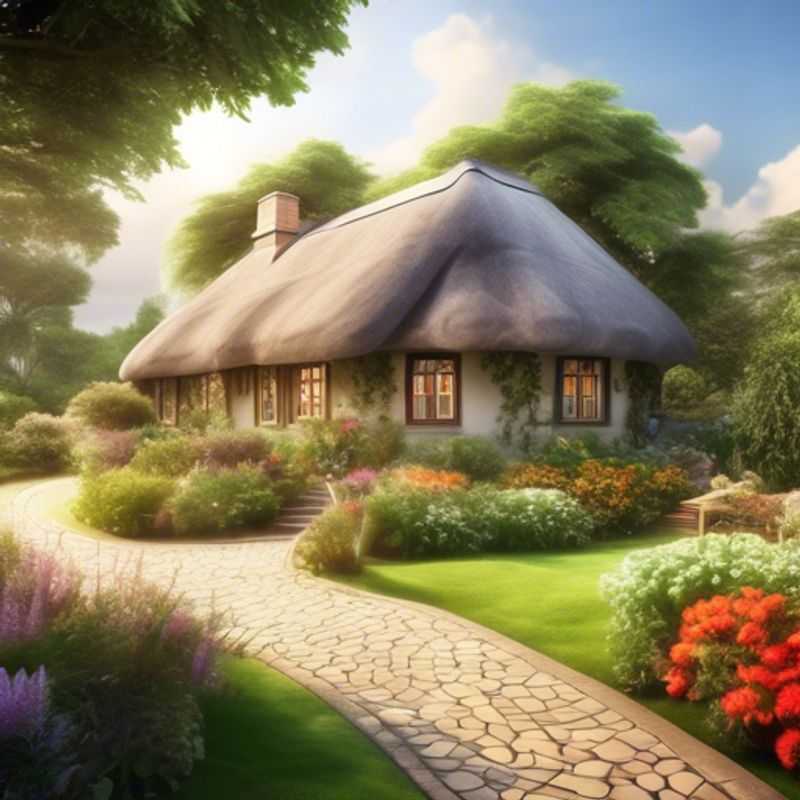
Unlocking Your Dreams: Exploring Financing Options for Your Project
Exploring financing options like loans or grants is crucial when undertaking a project. Loans are a common option, involving borrowing money that needs to be repaid with interest over time. Interest rates and repayment terms vary widely, so it's essential to compare different loan options carefully.
Grants, on the other hand, are free money provided by organizations or governments. They typically require specific eligibility criteria and are often awarded for projects that align with their missions. Grants usually do not need to be repaid, making them a valuable source of funding.
When evaluating financing options, consider factors such as:
* The amount of funding needed
* The repayment terms and interest rates for loans
* The eligibility requirements for grants
* The time frame for receiving the funding
It is important to factor in the costs associated with applying for and obtaining loans and grants, such as application fees, processing fees, and closing costs. This can significantly impact the overall cost of financing.
Thorough research and planning are essential when considering Explore financing options such as loans or grants. Understand the terms and conditions, carefully read the fine print, and ensure you can meet the obligations associated with the chosen option.
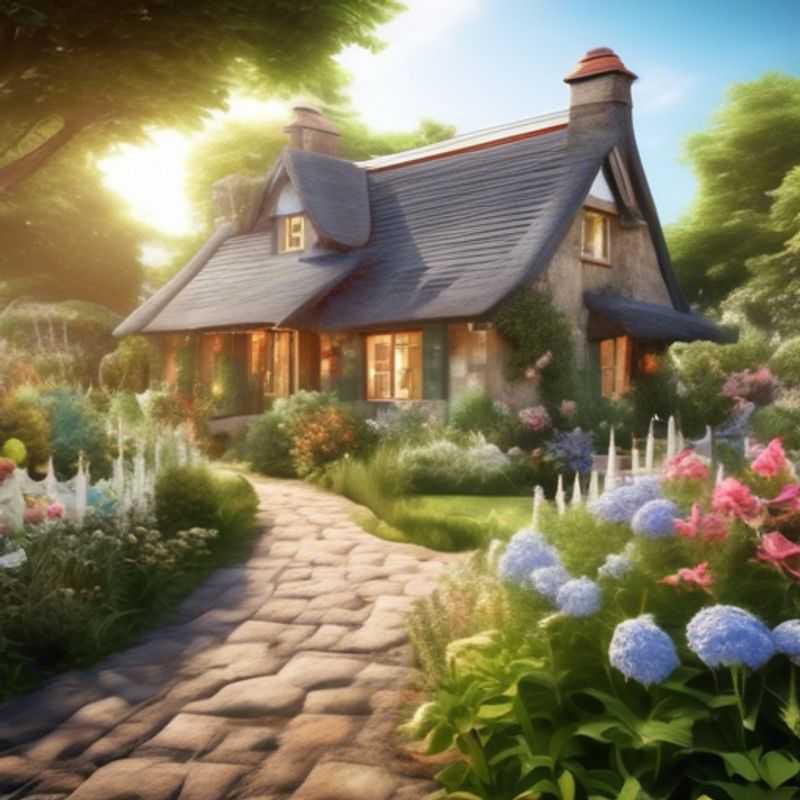
Cottage Charm: How to Achieve Aesthetic Harmony with Your Main Property
A cottage can be a beautiful addition to your property, but it's important to ensure that it aligns with the aesthetic of your main house. This can involve everything from the exterior design to the landscaping. A consistent aesthetic creates a cohesive and welcoming atmosphere for your property.
When designing your cottage, consider the style of your main house. If your house is traditional, your cottage should also be traditional. If your house is modern, your cottage should also be modern. You don't want to create a jarring contrast.
The materials used for the cottage should also complement the materials used for your main house. For example, if your house is made of brick, your cottage could be made of wood, but using similar colors or textures to create a sense of unity. A consistent color palette can also help to tie the two structures together.
Finally, the landscaping around the cottage should be consistent with the landscaping around your main house. This could involve using the same plants and flowers, or using similar styles of paths and walkways. Consistent landscaping can make your property look more cohesive and well-planned.
